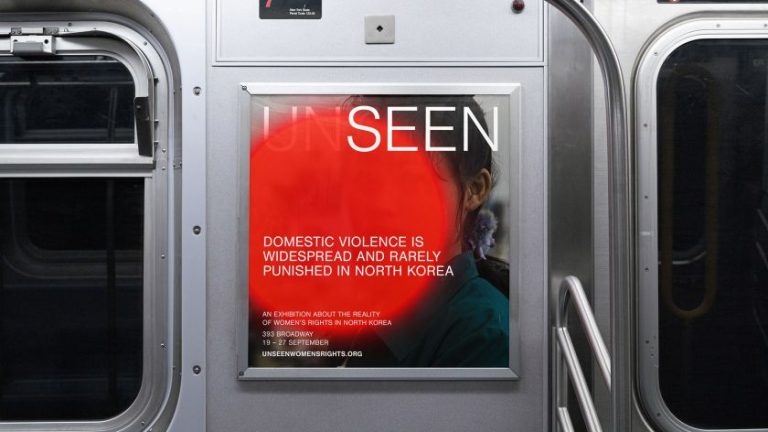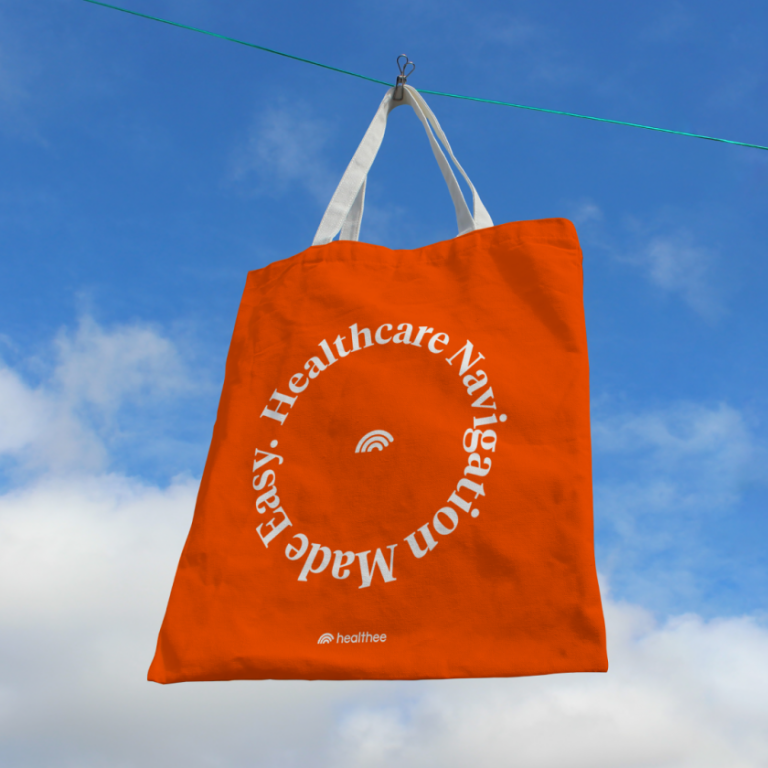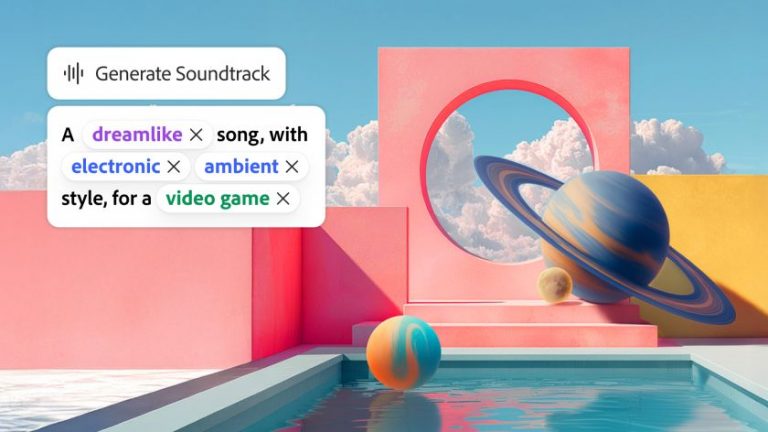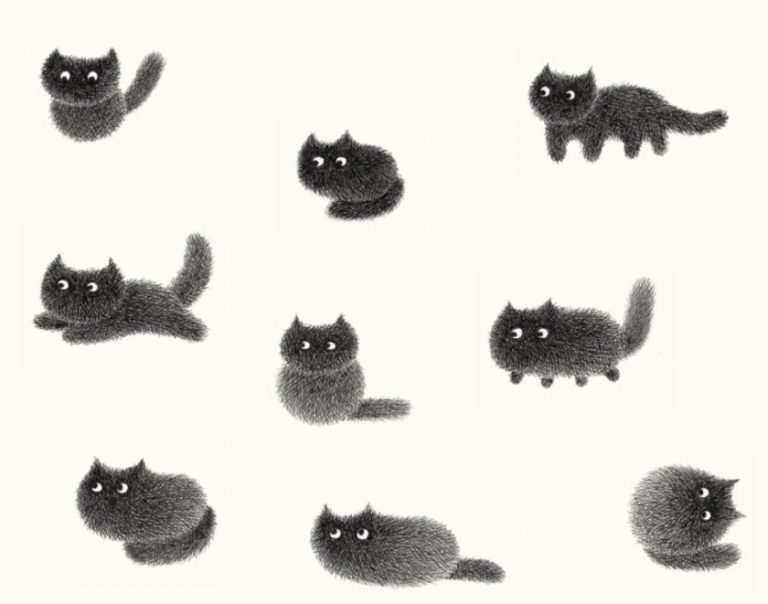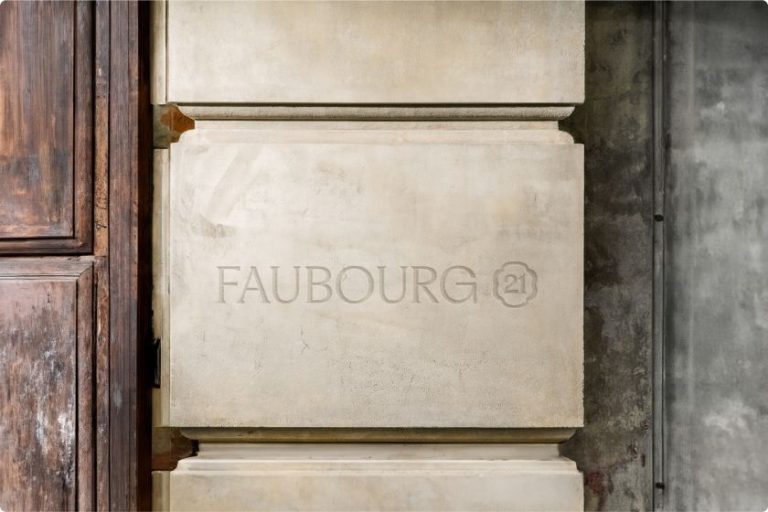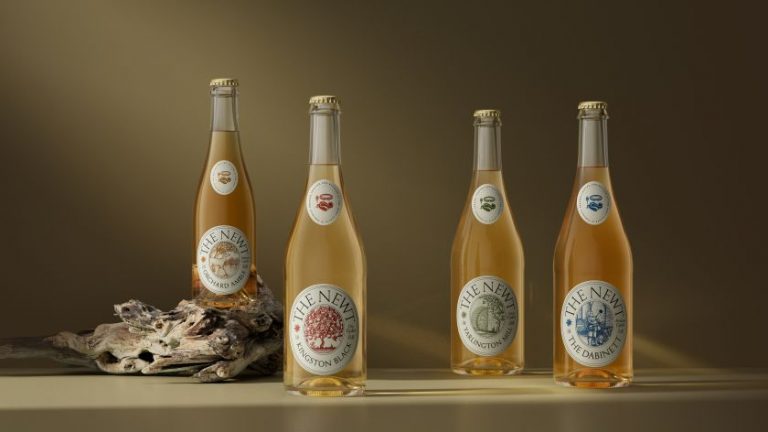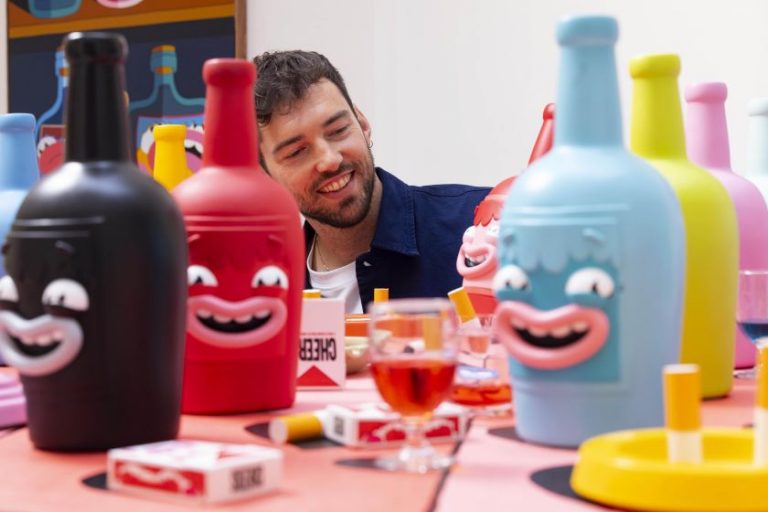Titled ‘A Portal Blooms in the Cradle of Night’, the installation transforms second-hand garments into an interactive environment that champions sustainability and invites visitors to explore tactility and connection.
A vibrant portal of colour and texture has bloomed within the Royal Botanical Gardens as part of the ‘Of Wonders, Wild and New’ exhibition, an event inspired by Alice in Wonderland. Fibre artist Sienna Martz has brought her vision to life with A Portal Blooms in the Cradle of Night, an immersive installation that invites visitors to step into a world where reality and fantasy intertwine, all while championing sustainability.
Curated by Cobalt Connects, the exhibition encourages artists to explore themes of wonder and transformation, much like Alice does in the story. Martz interpreted the brief as a fully immersive environment that engages the senses and fosters a deep connection between viewers, the surrounding space, and the broader fabric of life.
“I wanted this installation to provoke a sense of wonder and exploration while fostering a deep connection between viewers, their surroundings, and the intricate tapestry of life,” Martz explains. “Since childhood, I have always been captivated by immersive art installations. These experiences have left a profound imprint on my memories and how I view the world.”
This marks Martz’s first foray into creating a fully immersive fibre art installation, making the experience particularly meaningful. Designed to be a tactile, interactive work of art, it invites visitors—both children and adults—to touch, explore, and lose themselves in its surreal landscape. An accompanying soundscape further enhances the experience.
Credit: Patricia Trafton
Credit: Patricia Trafton
Credit: Patricia Trafton
Sustainability at the core
Beyond its fantastical aesthetic, A Portal Blooms in the Cradle of Night is a testament to Martz’s commitment to sustainable art making. The installation is composed primarily of secondhand garments, recycled felt, and organic kapok fibre, materials chosen not just for their ecological benefits but also for the narratives they carry.
“From the beginning, I knew I wanted to work with second-hand garments as, this way, I could embody my dedication to environmental integrity while making a powerful commentary on community and togetherness,” says Martz. “I was inspired by the idea of weaving together the diverse experiences and identities of the garments’ past wearers with the experiences of the exhibition’s present visitors.”
The textile industry is notoriously wasteful, producing an estimated 92 million tons of waste annually. Martz’s approach challenges this reality by repurposing existing materials and raising awareness about the environmental consequences of mass textile production.
She adds: “Knowing that more than 100 billion clothing items are produced each year and there is enough clothing for the next six generations, I believe secondhand clothing is an abundant resource for fibre artists and creatives and should be more embraced.”
To further minimise environmental impact, she opted for organic kapok fibre as a biodegradable alternative to synthetic stuffing and backed her work with a recycled felt derived from unused carpet fibres and yarn. Additionally, she intentionally avoided wool due to ethical concerns surrounding industrial farming practices.
Credit: Ballad Creative
Credit: Ballad Creative
A portal between worlds
Martz’s installation seeks to dissolve the boundaries between reality and fantasy, encouraging visitors to step into an otherworldly space that feels both enchanting and introspective. The sculptural forms seem to grow beyond the confines of the exhibition space, creating the illusion of an expanding world bursting into existence before the viewer’s eyes.
“With its colourful and abstract composition, I want this installation to appear as if it is growing beyond the confines of the exhibition space as if a vividly imagined alternate world is appearing before our very eyes through a magical portal,” she says. “I hope that as viewers engage with the artwork, a sense of joy, wonder, and curiosity ignites within them, creating a deeper appreciation for their human experience and the importance of art.”
Credit: Ballad Creative
Credit: Ballad Creative
The challenge of creating immersive, sustainable art
Constructing an installation of this scale comes with unique challenges – particularly when sustainability is a primary consideration. Martz had to account for the wear and tear of an interactive fibre-based artwork while ensuring that its materials could be responsibly reused or recycled in the future.
She explains: “Within my practice, I always try to consider the waste I produce and how I can responsibly reuse and recycle it.
“And so, diving down the rabbit hole of immersive art, I’ve had to consider what type of wear and tear may happen to the fibre elements and how I can sustainably repair the installation, when and if needed, so it can travel to other art institutions for years to come.”
To address this, she designed the fabric panels to be removable and replaceable, ensuring longevity without excessive waste. Any materials that become non-viable over time will be shredded and repurposed as stuffing for future sculptures.
Courtesy of Royal Botanical Gardens
Courtesy of Royal Botanical Gardens
An invitation to engage
Ultimately, Martz hopes that A Portal Blooms in the Cradle of Night offers visitors a space to play, reflect, and immerse themselves in the textures and forms of fibre art. By incorporating touch and sound into the experience, she encourages a deep, personal engagement with the work that goes beyond passive viewing.
“This immersive installation and its accompanying soundscapes should evoke a sense of curiosity, inspire movement and play, and encourage visitors to reflect on the sensations that come with this multi-sensory experience,” she says.
As A Portal Blooms in the Cradle of Night welcomes visitors into its dreamlike world, it also poignantly reminds them of the possibilities within sustainable creativity—where art, nature, and the human experience are interwoven in a continuous cycle of transformation.
Courtesy of Royal Botanical Gardens
Courtesy of Royal Botanical Gardens

